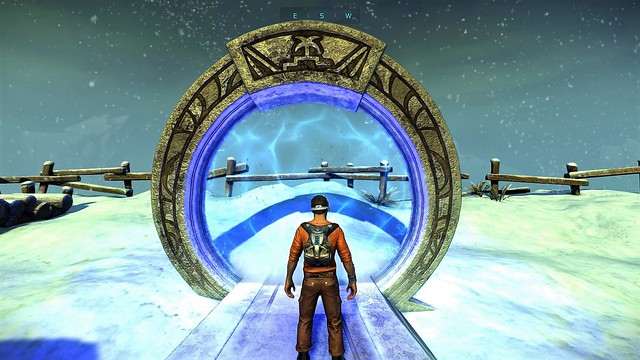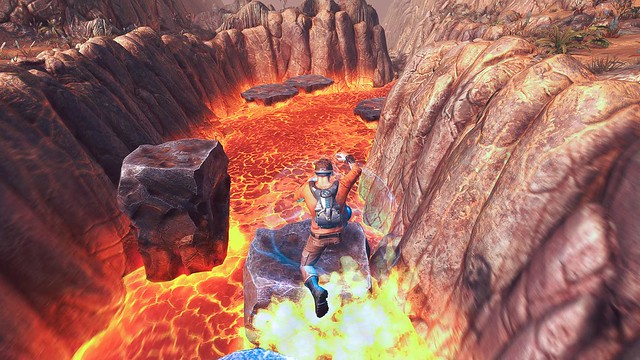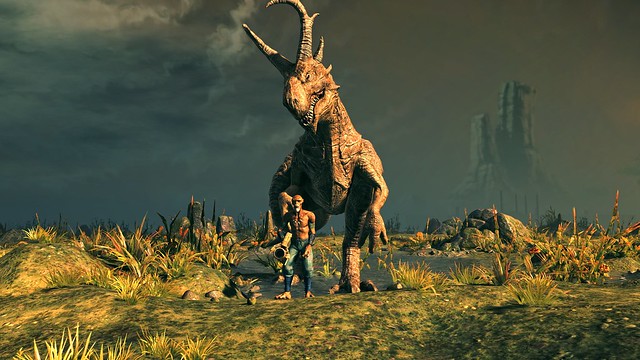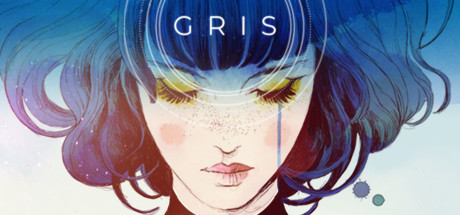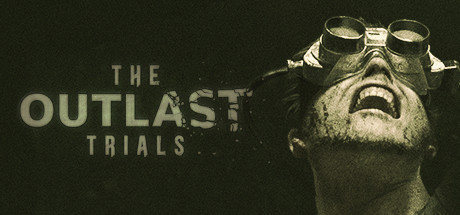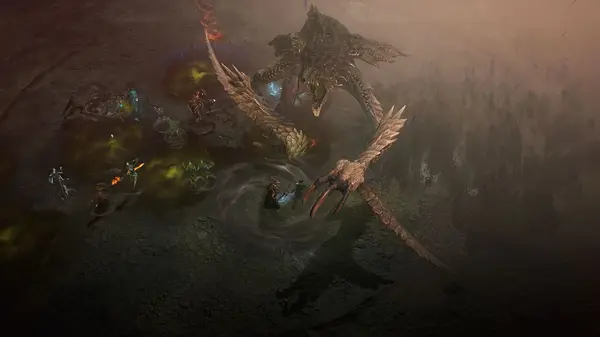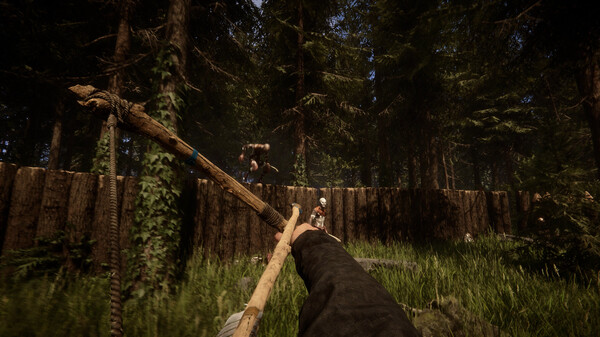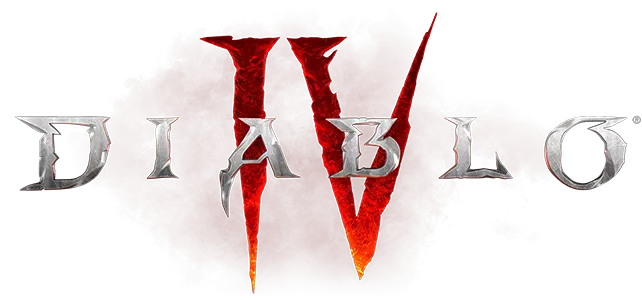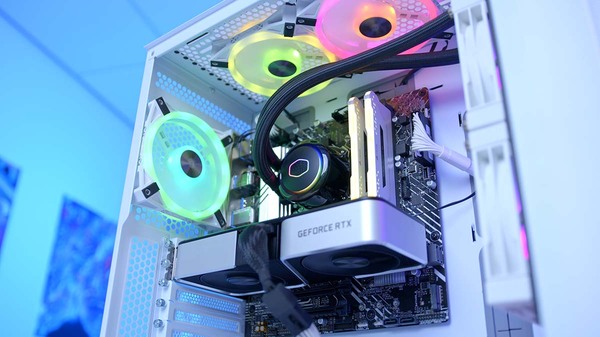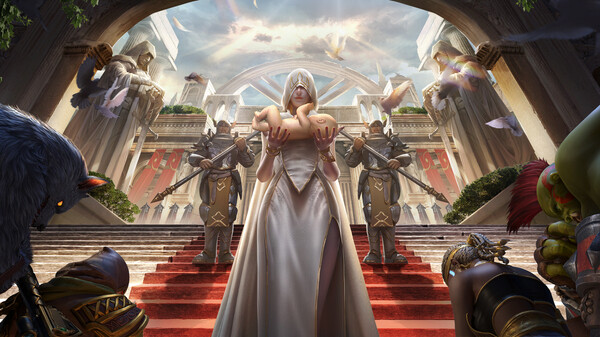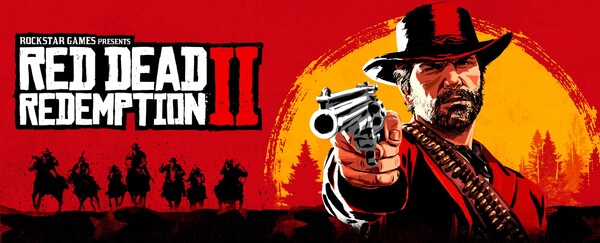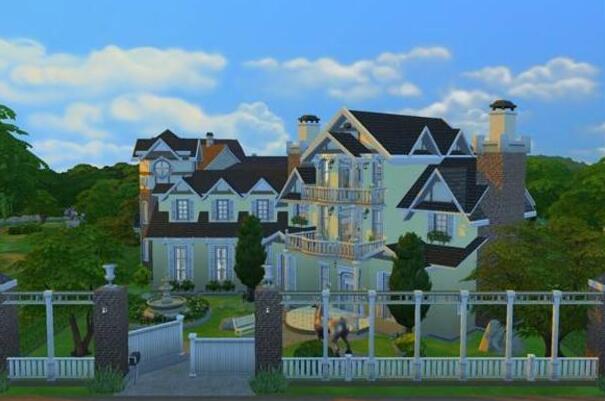[Disclosure: A review code was provided for the contents of this article]
I don’t know about you, but I don’t remember a lot about 1999. Back then, I was fresh out of school and gainfully employed by the nations favourite burger joint, but of course, I was already an avid gamer. One thing I can remember is the first release of Outcast, a supposedly revolutionary PC game that featured complex, fully voiced dialogue, a rich and mysterious world to explore and challenging, action orientated gameplay.
When I finally played Outcast maybe a year or two later, I found it somewhat lacking. It still looked fairly decent, with a unique approach to graphics rendering that was heavily reliant upon CPU and RAM (rather than the fairly basic 3D graphics cards of the age) and resulted in a long draw distance and some neat effects for water and such like. Unfortunately, I found the clunky controls, haphazard shooting and otherwise fairly boring gameplay weren’t my thing at the time.
Nowadays though (if nothing else) I am a little more patient than I was back then, so when I heard that Outcast – Second Contact was on the way, I was hugely curious to see if this once loved game still cuts the mustard amongst the likes of Mass Effect and similar. Firstly, a recap. Outcast is a game about a man named Cutter Slade; a washed up (but ruggedly good looking) military veteran who for one reason or another finds himself at the bottom of a bottle. Thankfully, he’s just the kind of man that excels at escorting scientists through gateways into parallel universes, which is exactly what the opening sequence informs us is required of him.
Naturally, things soon go awry. Slade awakens on the planet of Adelpha in a primitive hut surrounded by strange, alien beings. With his crew missing and his equipment scattered, he parlays with the locals (who believe him to be their saviour) for information about how to proceed and is soon embroiled in resolving troubles one and all. Outcast offers a fairly open world (even by modern standards) albeit split into several distinct zones, and the more I played the more I began to understand how much of a revelation it must have been on first release.
Adelpha has been remastered to an exceptionally high visual standard as well. Even in its original form, this is a very striking world. It’s hard to describe what makes it so unique, but from the dominant species of humanoid creatures known as the Talan, to the bipedal Twon-Ha creatures that can be ridden around, everything in Outcast is interesting and worthy of discovery. Every area features lush, inviting colours and striking designs of flora, fauna and architecture – from the natural rock formations and gigantic anthills to the paddy fields, mud huts and ziggurats.
Unfortunately, a feature that is less successful in the remake of Outcast is the original voice acting, which has been mapped onto the updated character models. From the very first scene, you’ll think your PC or console is broken, such is the state of the crackly, croaky audio stream. The reason becomes obvious – this fully voiced experience once had to fit onto a meagre compact disk, containing no more than 700mb of data, in addition to the rest of the game files. I have no idea why this data wasn’t stored in an uncompressed format on a server somewhere, but it sounds absolutely awful (and completely broken) by modern standards.
Sitting between the ground up recreation of the graphics and the downright appalling sound is the gameplay itself, which appears to have been somewhat modernised. Slade always suffered from clunky jumping and movement mechanics (which could be a real pain during some of the protracted platforming sequences) and for some reason these have been retained too, as has the kind of janky shooting. Thankfully, at least based on what I remember, things like falling damage are now much reduced and combat is considerably easier, which means these failings are easier to forgive, even providing Outcast with a control scheme and feel that is as unique as the look of Adelpha itself.
Outcast isn’t a huge action RPG, but it’s still fairly long, mostly fun and entertaining in various different ways. The Talan are a surprisingly endearing race to save live with, talk to and ultimately save, whilst the meddling human angle makes for an unusually compelling driving force in the background. The remaster looks fantastic, although any points made up there are lost when it comes to that bloody voice track, whilst the rest of the game feels as if it has tip-toed a reasonable line somewhere between remaining true to the original and softening it for modern tastes. Set firmly between a Try It and a Buy It for me personally, I’m going to throw caution to the wind and say that for the sheer hell of it alone, you should…

